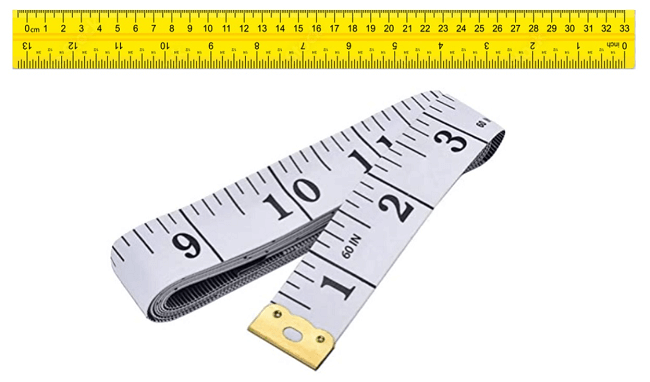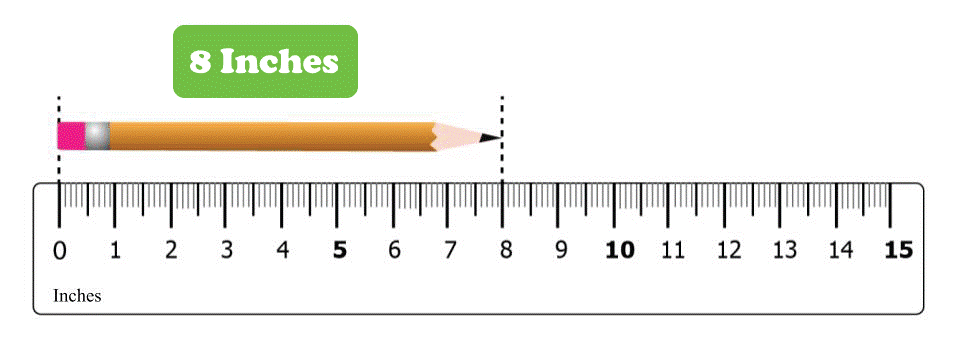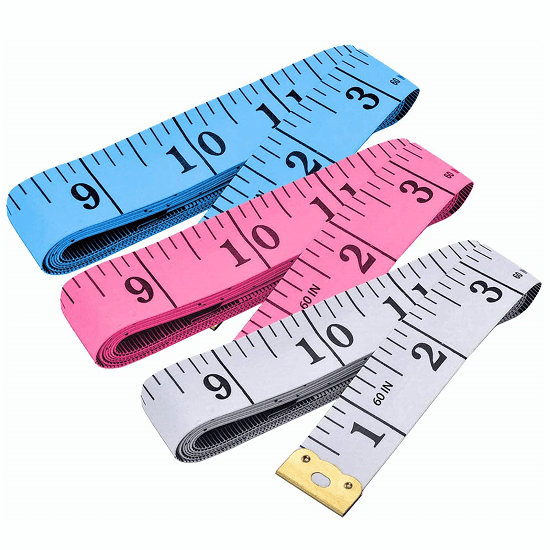Measurement DefinitionQuantifying an event's or thing's characteristics allows for comparison with those of other occurrences or objects is the definition of measurement. In other words, measuring is the determination of the size or smallness of a physical quantity with respect to an actual reference number of a like sort. The range and applications of measurement depending on the situation and industry. According to the guidelines of the international language of metrology developed by the 'International Bureau of Weights & Measures'," measurements do not relate to the nominal attributes of objects or events in the natural sciences or engineering. In several other fields, like statistics and behavioural sciences, measurements can have many levels, including nominal, ordinal, interval, & ratio scales. 
Measurement is essential to trade, science, technology, & quantitative research in many fields. Numerous measurement systems have existed historically to enable comparisons in the various spheres of human existence. Regional agreements between co-workers or business partners were regularly used to achieve this. Improvements achieved since the eighteenth century aimed at unifying, globally recognised standards led to the creation of the modern International System of Units (SI). This system reduces all physical measurements to a mathematical structure comprising seven base units. The science of measurement is pursued in the field of metrology. Measurement, therefore, is a comparison between an unknown quantity and a known or standardised quantity. MethodologyFour categories?kind, magnitude, unit, and uncertainty?can be used to organise measurements of attributes. In an unambiguous way, they enable measurement comparisons:

Standardized Measurement SystemsThe 'International System of Units' (SI) is usually applied regarding measurements and comparisons. The system specifies the kilogramme, the metre, the candela, the seconds, the amp, the kelvin, and the mole as its seven fundamental units. No particular physical object is used to define any of these units as a standard. Standard artefacts can deteriorate or be destroyed, whereas artefact-free standards fix measurement at a specific value linked to a physical standard or other invariable natural occurrences. The only way to change the measuring unit is to increase the precision with which the amount of the variable to which it relates is calculated. The SI system's seven base units. Arrows connect dependent entities with dependent entities. Charles Sanders Peirce (1839-1914) made the first attempt to link a SI base unit to an experimental standard apart from fiat when he sought to define the meter in terms of a spectral line's wavelength. This directly impacted the Michelson-Morley experiment since Michelson and Morley used Peirce as a model and improved on it. 
StandardsUnits of measurement are obtained from previous agreements, with the exception of a few fundamental quantum constants. Nature makes no demands on the size of an inch or the superior accuracy of a mile over a kilometre as units of measurement. Yet, measurement standards emerged over the course of human history so that groups of people may have some shared standards, initially for convenience and then for need. Measuring regulations were initially developed to combat business fraud. In general, units of measurement are created under international treaties and defined on the basis of science. The "General Conference on Weights and Measures" (GCWM), founded in 1875 by the Metre Convention and responsible for managing the International System of Units, is the premier example of this. For instance, the C GCWM redefined the kilogramme in 2019 in respect of the Planck constants. The international yard was created in 1960 by the govt. Of the USA, U.K., Australia, & South Africa to be precisely 0.9144 metres. In the US, the Department of Commerce's "National Institute of Standards and Technology" (NIST), a division, is in charge of overseeing commercial measurements. This work is done, in turn, by the National Physical Laboratory of India, the National Measurement Institute of Australia, the "Council for Scientific & Industrial Research" of South Africa, as well as the National Physical Laboratory of the United Kingdom.
Next TopicMelting Point Definition
|
 For Videos Join Our Youtube Channel: Join Now
For Videos Join Our Youtube Channel: Join Now
Feedback
- Send your Feedback to [email protected]
Help Others, Please Share









